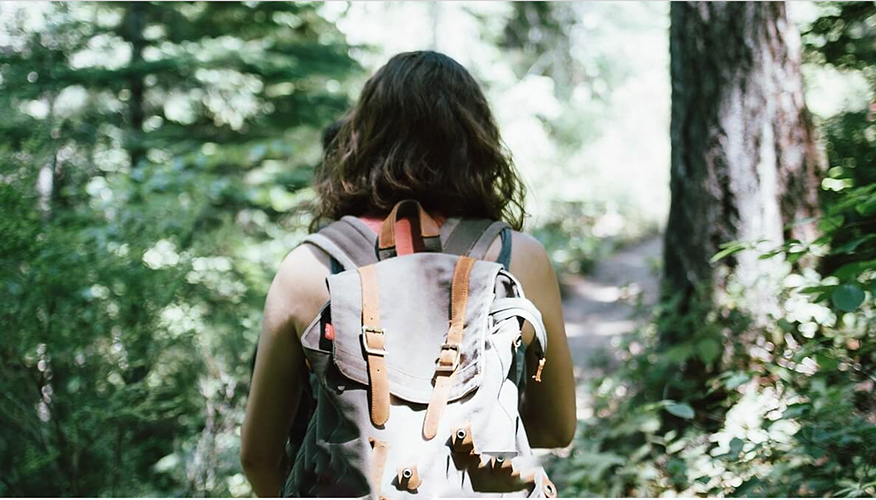When Grassroots Outdoor Alliance (GOA) released its final 2020 year-to-year sales numbers from its 94 retailers operating 195 doors, it showed the up and down swings associated with the pandemic, but the year ended on a relatively high note buoyed by double-digit growth in December. GOA retailers finished 2020 down 0.34 percent compared to 2019.
GOA 2020 Year-To-Year Sales
- 2020 Calendar Year; -0.34%
- June 2020 through January 2021; +10.8%
2020 Monthly Sales By Percentage Increase
- March, -33%
- April, 58%
- May, -9%
- June, +20%
- July, +10%
- August, +3%
- September, +21%
- October, +8%
- November, -3.75%
- December, +10.5%
- January, +18%
SGB Executive caught up with Gabe Maier, vice president, GOA, to go behind the numbers, talk about the upcoming launch of its Switchback retail data tool, the outlook for 2021, and more.

GOA members saw double-digit growth in December and were up 18 percent in January. Do you think that the growth will continue through 2021? Yes. While none of us have a crystal ball for what’s to come, the anecdotal information we have at this time points to a strong 2021, rooted in the ongoing strength of consumer interest in outdoor experiences. The only caution light we’re seeing is in the supply chain’s ability to meet consumer demand. We hear a wide variety of inconsistencies and challenges in everything from tent poles to kayak seats.
September 2020 was GOA’s highest growth month, up 21 percent. Any idea why? One factor was that outdoor consumers seemed to want to get ahead of the curve and get an early start on winter gear. They’d been through a summer of unprecedented unavailability in nearly every category, and they didn’t want to be stranded without things like alpine touring gear or snowshoes when the snow started to fall. This anticipatory demand drove key winter products out the door, but another factor in the September bump was that many fall deliveries arrived during that timeframe, which gave retailers a boost of fresh inventory.
2020 saw more up and downswings than any other year. What is the closest year you’ve seen this happen? We’ve certainly seen similar short-term spikes in volatility when a major event has hit a specific region, like a hurricane hitting the Southeast. However, while those experiences were limited to a few months in a single region, the reality of 2020 was that we saw that level of unpredictability and disruption in much of the U.S. for most of the year.
The data shows that region and store type affected results, with the drivers for the increase coming from hardgoods and proximity to outdoor recreation. Why did hard goods fare better than soft goods? Intentionality. People wanted to get outside first and foremost and were less worried about how they looked. That said, some of the growth this year will come from soft goods. Consumers got their new bike last season, and this year they’ll be back for the shorts to go with it.
You noted that profitability is also up. Do you foresee that retailers will carry cost-control measures beyond 2021? Absolutely. In general, the challenges of 2020 forced retailers to look at their business models in a different way and make critical decisions about “musts” versus “wants.” They’ve learned valuable lessons in managing expenses and customer flow. It’s reasonable to expect many of those learnings will stick in 2021 and beyond.
Do you have a breakdown of online sales increases among GOA members? We are not tracking that data yet, but anecdotally we saw an exceptionally high percentage of stores opting into online sales programs, but specialty retailers embraced more than click-and-ship programs. They launched a massive variety of online initiatives ranging from curbside pickup, buy online/pickup in-store and Facebook Live trunk sales. They’ve also shared with us that while the potential opportunity is massive for online sales, the profitability for running that part of their business is lower.
What’s the sentiment for the upcoming season? Are retailers doubling-down and increasing inventory? The reports from retailers are that they’re optimistic but not reckless. We hear from brands that advance bookings are “way up” and, in many cases, higher for the coming year, but there’s also a significant “what if” in play, as it’s likely that some retailers have increased their orders for the coming year to make up for the lack of product they received last year due to a highly inconsistent supply chain. That’s an uncertainty that’s worth paying attention to.
Tell us about Switchback. What is it borrowing from the book industry, and how will it help retailers and manufacturers? Whether it’s books or gear, the individuality and uniqueness that makes independent retailers great have also made them historically challenging to deal with on a macro level. In the book space, Switchback has helped make independent retailers easier to work with through consistent collection, sharing, and point-of-sales data. Together, it will give us a way to manage inventory that’s not currently in the outdoor marketplace.
What can other retailers learn from these results? While the sample size of GOA data is only 195 doors, it’s still a valid barometer for the experience of thousands of other independent specialty retailers nationwide. The big takeaway is that independent retailers should be confident that their place in the outdoor market is secure and valued by consumers and brands and that sales forecasts for the sector are healthy and strong for the coming year. Anyone who thinks otherwise should step away from their computer and visit their local retailer to see eager shoppers for themself.
Lead image courtesy Appalachian Outfitters; Gabe Maier
















